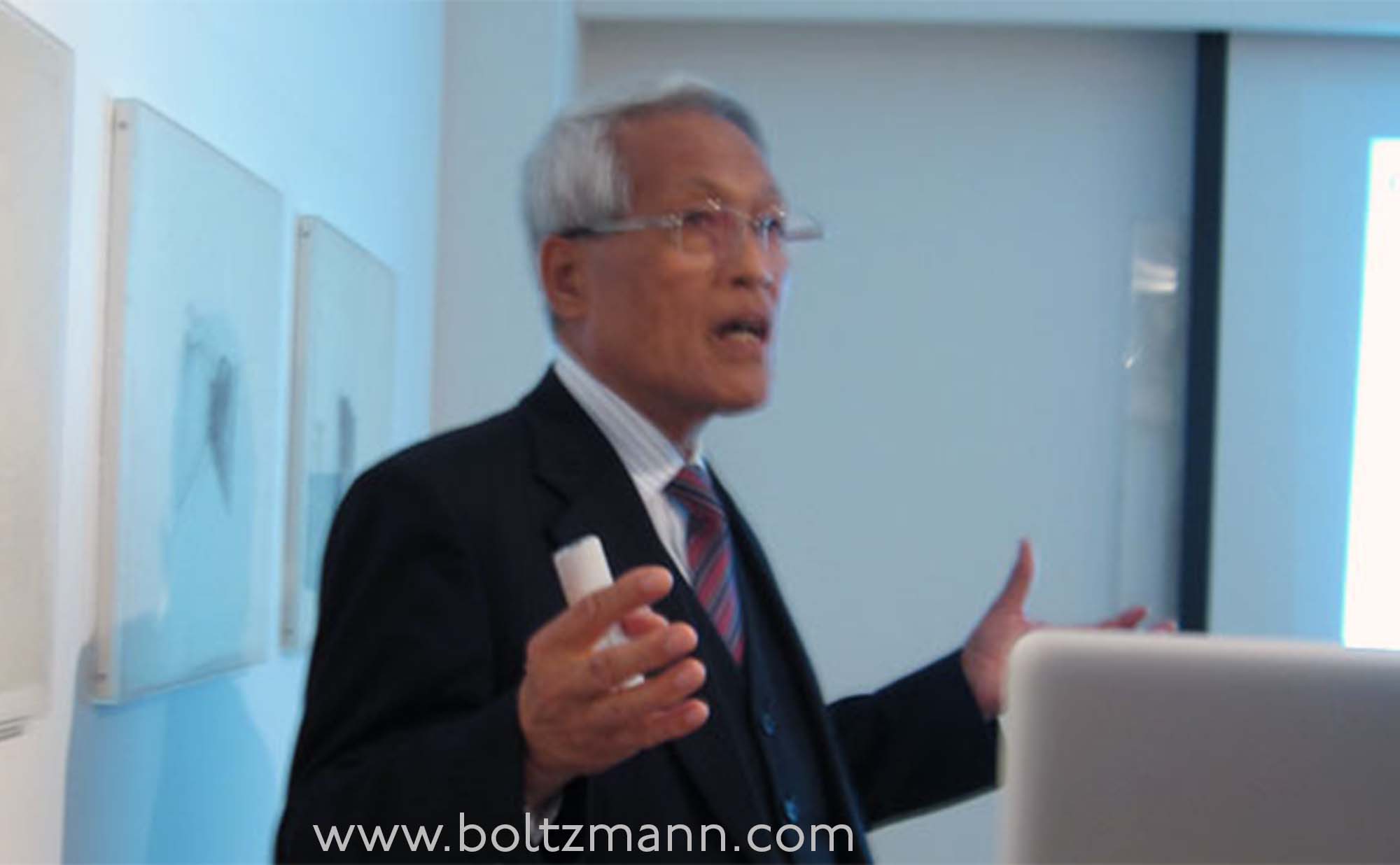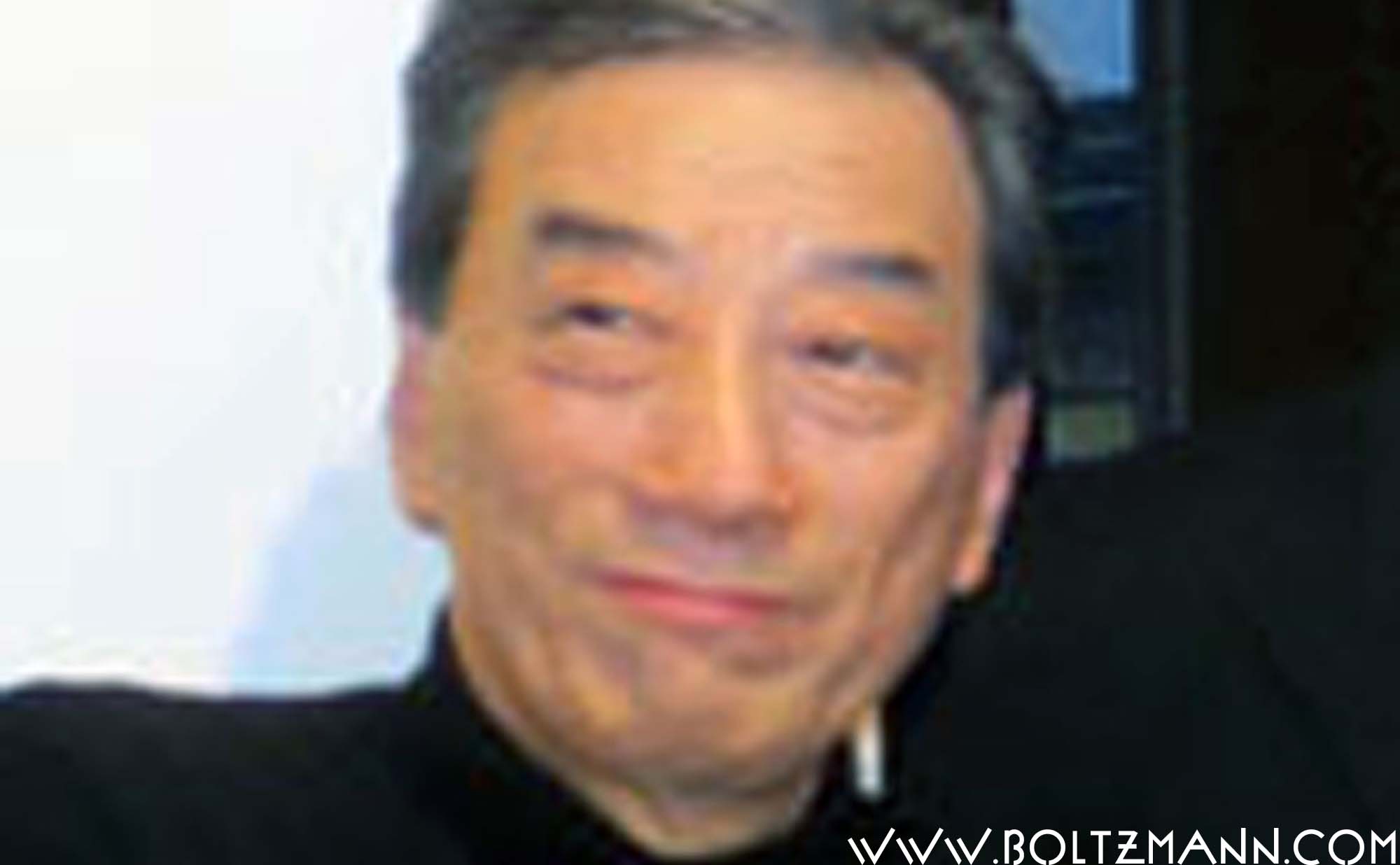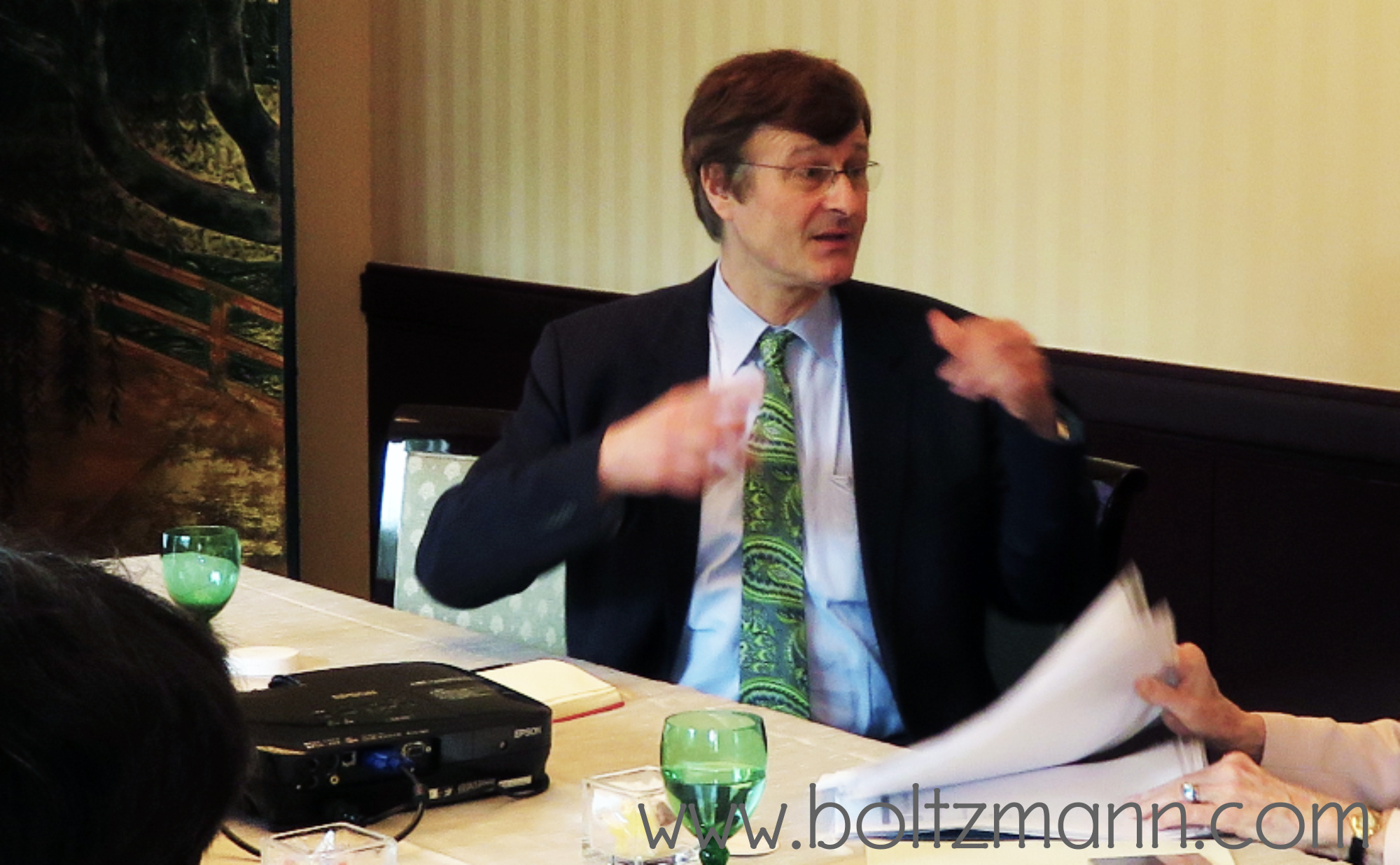Tag: featured
-

Haruo Kawahara: Speed is like fresh food – Revitalization of Japanese industry
Revitalization of Japanese Industry Haruo Kawahara, Representative Director and Chairman of the Board of JVC KENWOOD Corporation Keynote presented at the 6th Ludwig Boltzmann Symposium on February 20, 2014 at the Embassy of Austria in Tokyo. summary by Gerhard Fasol by Haruo Kawahara, Representative Director and Chairman of the Board of JVC KENWOOD Corporation summary…
-

Kiyoshi Kurokawa: Quo vadis Japan? – uncertain times
Quo vadis Japan? – uncertain times. Groupthink can kill. Kiyoshi Kurokawa Keynote presented at the 6th Ludwig Boltzmann Symposium on February 20, 2014 at the Embassy of Austria in Tokyo. summary by Gerhard Fasol by Kiyoshi Kurokawa, Academic Fellow of GRIPS and former Chairman of Fukushima Nuclear Accident Independent Investigation Commission by National Diet of…
-

Gerhard Fasol: Boltzmann constant and the new SI system of units by Gerhard Fasol
Boltzmann constant k, “What is temperature?” and the new definition of the SI system of physical units Gerhard Fasol Keynote presented at the 6th Ludwig Boltzmann Symposium on February 20, 2014 at the Embassy of Austria in Tokyo. (by Gerhard Fasol, CEO of Eurotechnology Japan KK. Served as Associate Professor of Tokyo University, Lecturer at…